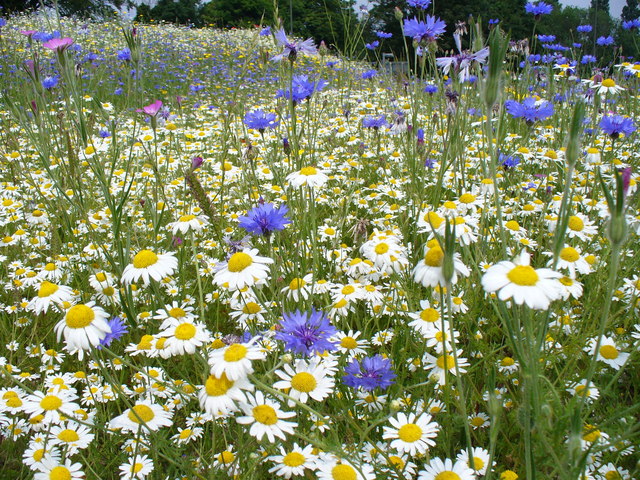My latest historical romance, "Unicorn Summer" - a novella that is part of One Midsummer's Knight - takes place in summer, a tense summer just after the lord of the land has fallen ill and people are trying to remain normal.
In more usual years, summer for people in the Middle Ages was both very busy and a time of relaxation and pleasure. After the hard graft of winter and spring, May was a holiday month in early summer, with few tasks in the agricultural calendar. May Day, a blend of Christian and older pagan traditions, was celebrated by everyone, with dancing, revels and drink.
 Later summer was a harder task-master: if a peasant worked on the land, later summer was when the sheep were sheared, then the hay and wheat harvests were gathered in. Summer, too, was often the prime time for military activity, when knights might be called to fight for their overlord or king on campaign. However, even in these months there was merry-making.
Later summer was a harder task-master: if a peasant worked on the land, later summer was when the sheep were sheared, then the hay and wheat harvests were gathered in. Summer, too, was often the prime time for military activity, when knights might be called to fight for their overlord or king on campaign. However, even in these months there was merry-making.
Midsummer was marked by bonfires, a pagan ‘left-over’ from the earlier festival of Beltane and celebrated in the Middle Ages as the saint’s day of St John. Young couples would sometimes leap over the midsummer bonfire for luck. Wells could also be dressed with flowers around this time – a relic of earlier water-spirit worship, and still carried on today.
July was marked by St Swithin’s day, when the strewings in the churches would be changed from the winter rushes and straw to the summer hay and sedges, and August saw the feast time of Lammas – loaf mass – to give thanks for the hard-won harvest.
Lindsay Townsend




.jpg/637px-BLW_Stained_Glass_Panel_(August).jpg)
A fascinating insight into how they marked the passing summer. Really interesting.
ReplyDeleteInteresting. And lovely photos.
ReplyDeleteMany thanks, C.A. and Ann!
ReplyDelete